In a world increasingly aware of environmental issues, even seemingly small choices, such as the type of cat litter we use, can have a significant impact. This section provides a concise overview of the environmental repercussions associated with traditional cat litter, emphasizing the need for conscientious alternatives. Understanding the importance of finding eco-friendly options is crucial for pet owners looking to minimize their ecological footprint.
Brief Overview of the Environmental Impact of Traditional Cat Litter
Traditional cat litters, often composed of non-biodegradable materials like clay and silica, contribute to environmental degradation at various stages of their lifecycle. From extraction and manufacturing processes to disposal in landfills, these litters pose challenges that echo beyond the convenience they provide.
Importance of Finding Eco-Friendly Alternatives
The gravity of the environmental impact necessitates a shift towards eco-friendly alternatives. This section explores why pet owners should be proactive in choosing cat litters that align with sustainable practices, considering not only the immediate benefits for their feline friends but also the broader implications for the planet.
Purpose of the Article
This article serves as a comprehensive guide for pet owners seeking eco-friendly alternatives to traditional cat litter. By examining the environmental impact of conventional options and presenting viable alternatives, the aim is to empower readers to make informed choices that are both eco-conscious and beneficial for the well-being of their pets. As we delve into the various aspects of this topic, the overarching goal is to encourage a more sustainable approach to pet care.
Environmental Impact of Traditional Cat Litter
As pet owners, understanding the environmental footprint of the cat litter we choose is paramount. In this section, we delve into the intricate details of traditional cat litter and its far-reaching impact on our planet.
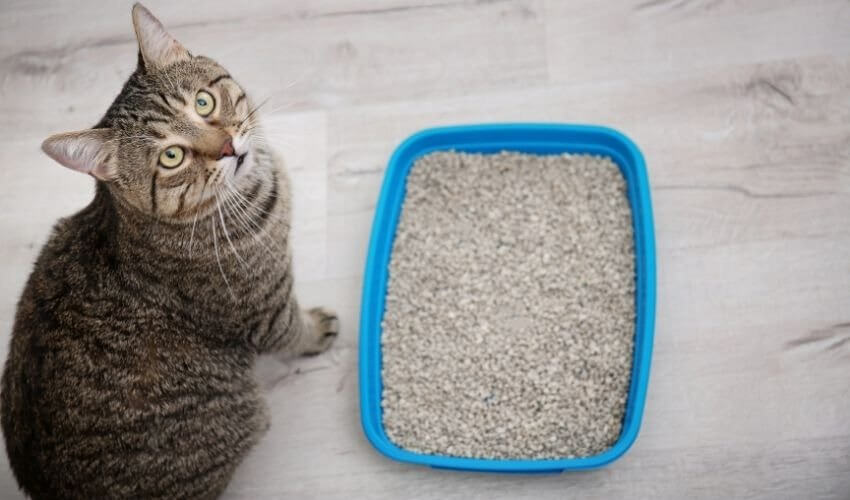
Exploration of the Key Components of Traditional Cat Litter
- Clay-based Litters:
- Detailing the prevalence of clay-based litters and their extraction from natural deposits.
- Addressing the non-renewable nature of clay resources and the environmental implications of their extensive mining.
- Silica Gel Litters:
- Examining the composition of silica gel litters, often derived from silicon dioxide.
- Highlighting the energy-intensive manufacturing processes involved and the environmental consequences.
- Clumping Litters:
- Investigating the components of clumping litters, focusing on the agents responsible for the clumping effect.
- Discussing the environmental impact of these agents, considering both extraction and production.
Discussion on the Extraction and Manufacturing Processes
Delving deeper into the lifecycle of traditional cat litters, this section dissects the extraction and manufacturing processes, shedding light on the resource-intensive methods employed. By understanding these processes, pet owners can make informed decisions that align with sustainable practices.
Disposal Challenges and Impact on Landfills
Examining the end of the cat litter lifecycle, we address the challenges posed by the disposal of traditional litters in landfills. Non-biodegradable materials contribute to the growing waste crisis, necessitating a closer look at the environmental repercussions and potential long-term effects.
Release of Dust and Potential Health Concerns
Highlighting a often-overlooked aspect, we discuss the release of dust from certain cat litters and its potential health concerns for both feline friends and their human companions. This section emphasizes the importance of choosing litters that prioritize respiratory health and overall well-being.
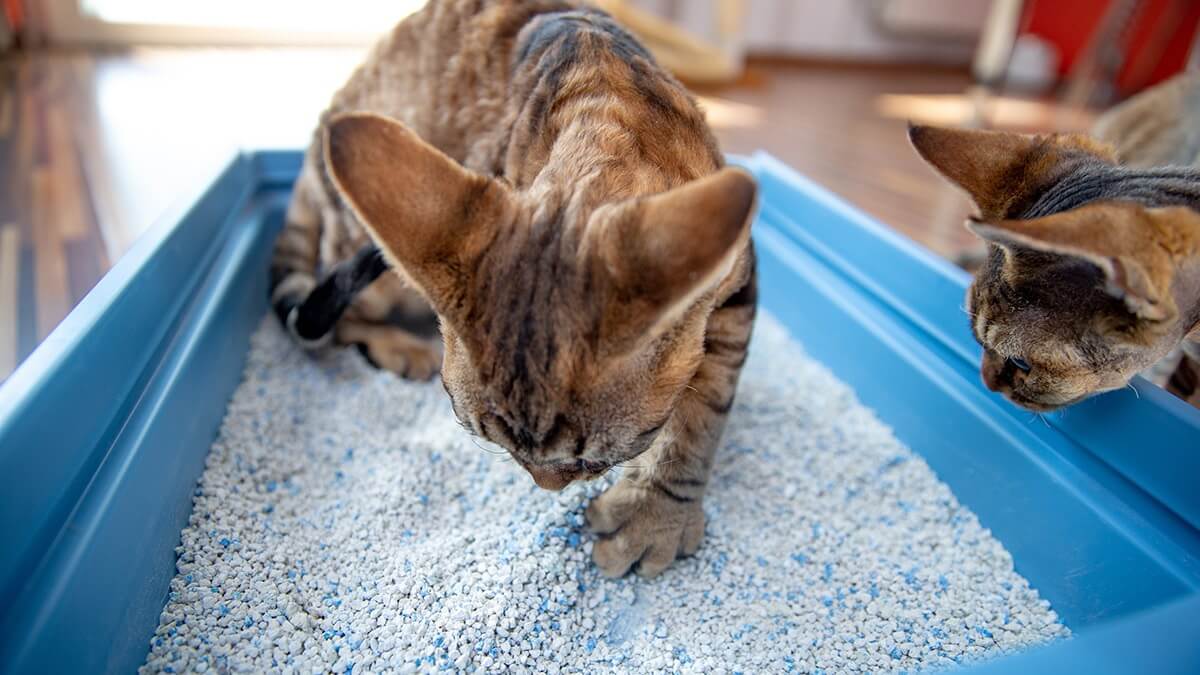
By unpacking the environmental impact of traditional cat litters, we pave the way for a more conscientious approach to pet care that considers the broader ecological consequences of our choices.
Eco-Friendly Alternatives
In response to the environmental concerns surrounding traditional cat litters, a multitude of eco-friendly alternatives have emerged, offering a sustainable and responsible choice for conscientious pet owners. This section explores various options, highlighting their environmental benefits and performance attributes.
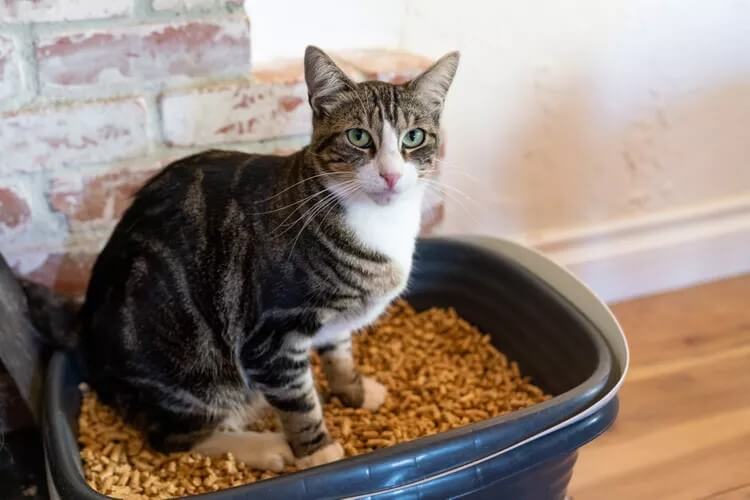
Biodegradable Cat Litter Options
- Pine-based Litters:
- Unveiling the eco-friendly nature of litters derived from renewable pine resources.
- Discussing the natural decomposition process and its positive impact on the environment.
- Wheat-based Litters:
- Exploring the biodegradable qualities of litters made from wheat by-products.
- Emphasizing their flushable nature and minimal ecological impact.
- Corn-based Litters:
- Investigating litters crafted from corn, a renewable and abundant resource.
- Addressing their biodegradability and eco-friendly composition.
Recycled and Upcycled Cat Litters
- Recycled Newspaper Litters:
- Detailing the transformation of discarded newspapers into eco-friendly cat litters.
- Discussing the reduced carbon footprint associated with recycling materials.
- Upcycled Wood or Paper-based Litters:
- Exploring litters created from upcycled wood or paper materials.
- Highlighting the environmental benefits of repurposing waste into functional cat litter.
Alternatives with Low Environmental Footprint
- Bamboo-based Litters:
- Showcasing the sustainability of bamboo-based litters and their rapid regrowth.
- Discussing the low environmental impact of bamboo cultivation.
- Coconut Coir Litters:
- Exploring the use of coconut coir, a by-product of coconut processing.
- Addressing the biodegradability and reduced environmental impact of coconut coir litters.
Comparison of Different Eco-Friendly Options Based on Performance and Cost
Considering the practical aspects of eco-friendly cat litters, this section provides a comparative analysis of their performance and cost-effectiveness. By evaluating factors such as absorbency, odor control, and overall effectiveness, pet owners can make informed choices that align with both their sustainability goals and budget constraints.
By exploring these eco-friendly alternatives, pet owners can contribute to a more sustainable and environmentally conscious approach to cat care. The comparison provided aims to guide readers in selecting the most suitable option for their furry companions while minimizing their ecological footprint.
Tips for Choosing and Using Eco-Friendly Cat Litter
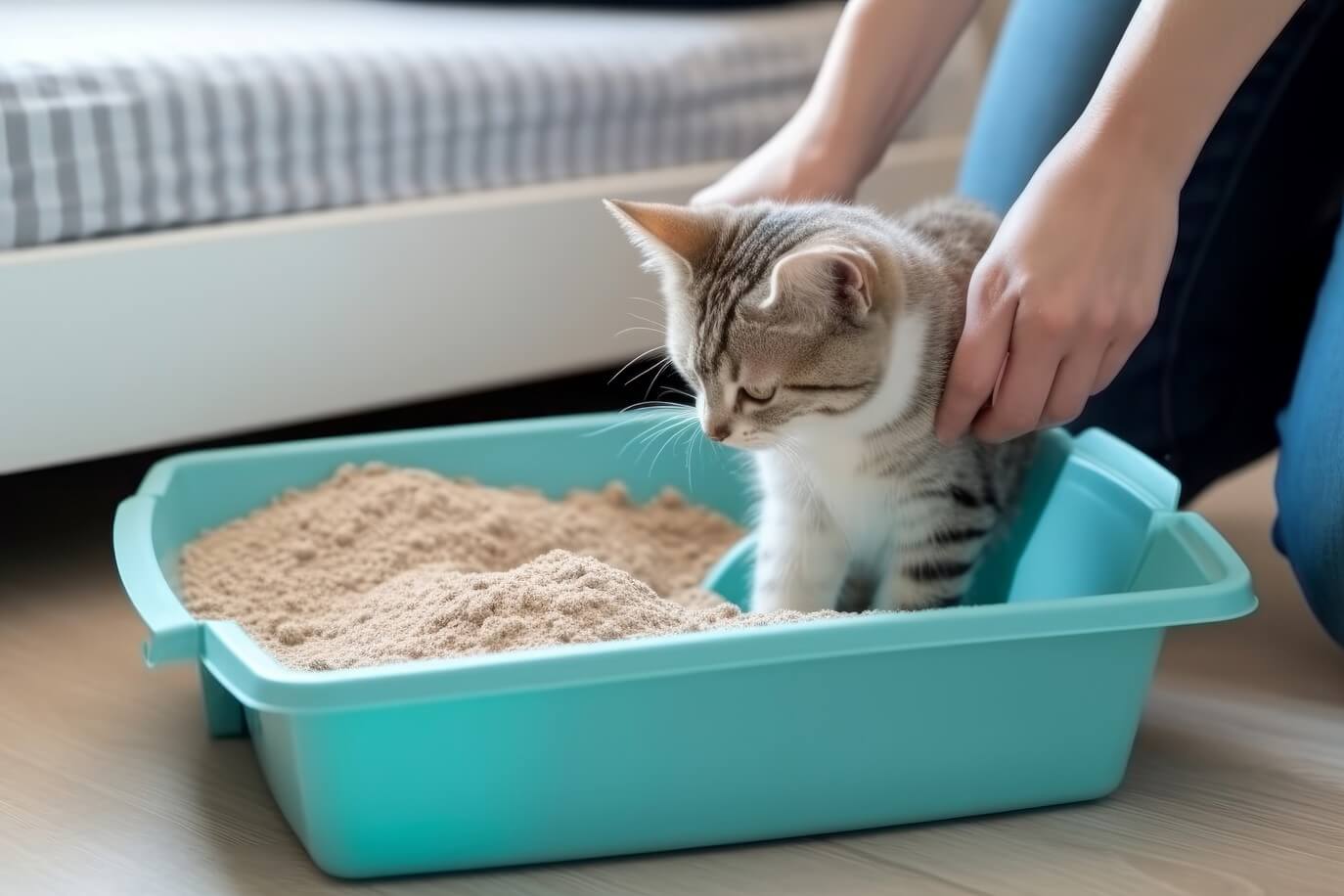
Embracing eco-friendly cat litters not only aligns with environmental responsibility but also contributes to the overall well-being of your feline friend. To make the transition smoother and optimize your choice, consider the following comprehensive tips when selecting and using eco-friendly cat litter.
A. Factors to Consider When Selecting a Litter
- Absorbency:
Choosing an eco-friendly cat litter with high absorbency is essential for maintaining a clean and odor-free environment. Look for litters that effectively manage moisture, preventing unpleasant odors and providing a comfortable space for your cat.
- Odor Control:
Opt for eco-friendly cat litters that incorporate natural odor-absorbing properties. These litters not only contribute to a more pleasant living space but also prioritize the well-being and comfort of both you and your cat.
- Clumping Ability:
Select eco-friendly cat litters with strong clumping abilities. This feature simplifies the cleaning process and extends the life of the litter, offering convenience for pet owners and ensuring a hygienic environment for your cat.
Proper Disposal Methods for Eco-Friendly Litters
The disposal of eco-friendly cat litter requires a thoughtful approach to minimize environmental impact:
- Composting Options:
Explore composting options for litters labeled as compostable. Composting is an eco-friendly way to return the organic material to the soil.
- Research Local Facilities:
Research local waste management facilities that accept eco-friendly cat litter for disposal. Some facilities have specific guidelines for eco-friendly waste, ensuring proper disposal practices.
Transitioning Your Cat to a New Type of Litter
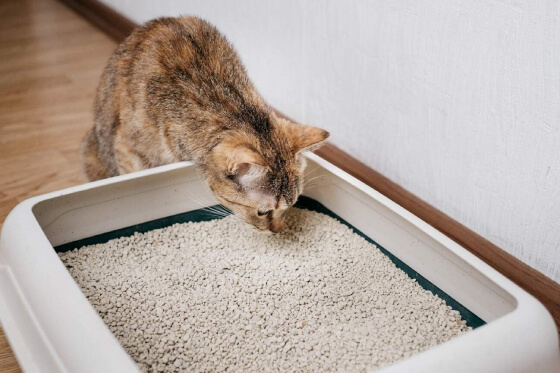
Transitioning your cat to an eco-friendly litter may require a gradual approach and strategic planning. Follow these steps for a smooth adjustment:
- Gradual Introduction:
Introduce the new litter gradually by mixing it with the current litter over several days. This incremental change allows your cat to acclimate to the new texture and scent without causing stress.
- Observe Behavior:
Monitor your cat’s behavior during the transition period. Look for signs of discomfort or reluctance and adjust the pace accordingly. Cats may need time to adapt to changes in their litter box.
- Positive Reinforcement:
Encourage positive associations by rewarding your cat with treats or praise when they successfully use the new eco-friendly litter. Positive reinforcement helps create a positive connection with the new litter, making the transition more enjoyable for your cat.
- Patience is Key:
Understand that each cat is unique, and the transition period may vary. Be patient and allow your cat the time needed to adjust to the new eco-friendly litter. Positive experiences during this transition promote a smoother adjustment.
By considering factors such as absorbency, odor control, and clumping ability, and adopting proper disposal methods, pet owners can seamlessly transition to eco-friendly cat litters. This not only supports a sustainable and comfortable living environment for their cats but also contributes to a greener and healthier planet.
Benefits of Using Eco-Friendly Cat Litter
Opting for eco-friendly cat litter goes beyond a commitment to responsible waste management; it encompasses a range of advantages that positively impact the environment, the health of your cat, and your overall well-being. Here’s a more detailed exploration of the multifaceted benefits associated with choosing eco-friendly cat litter.
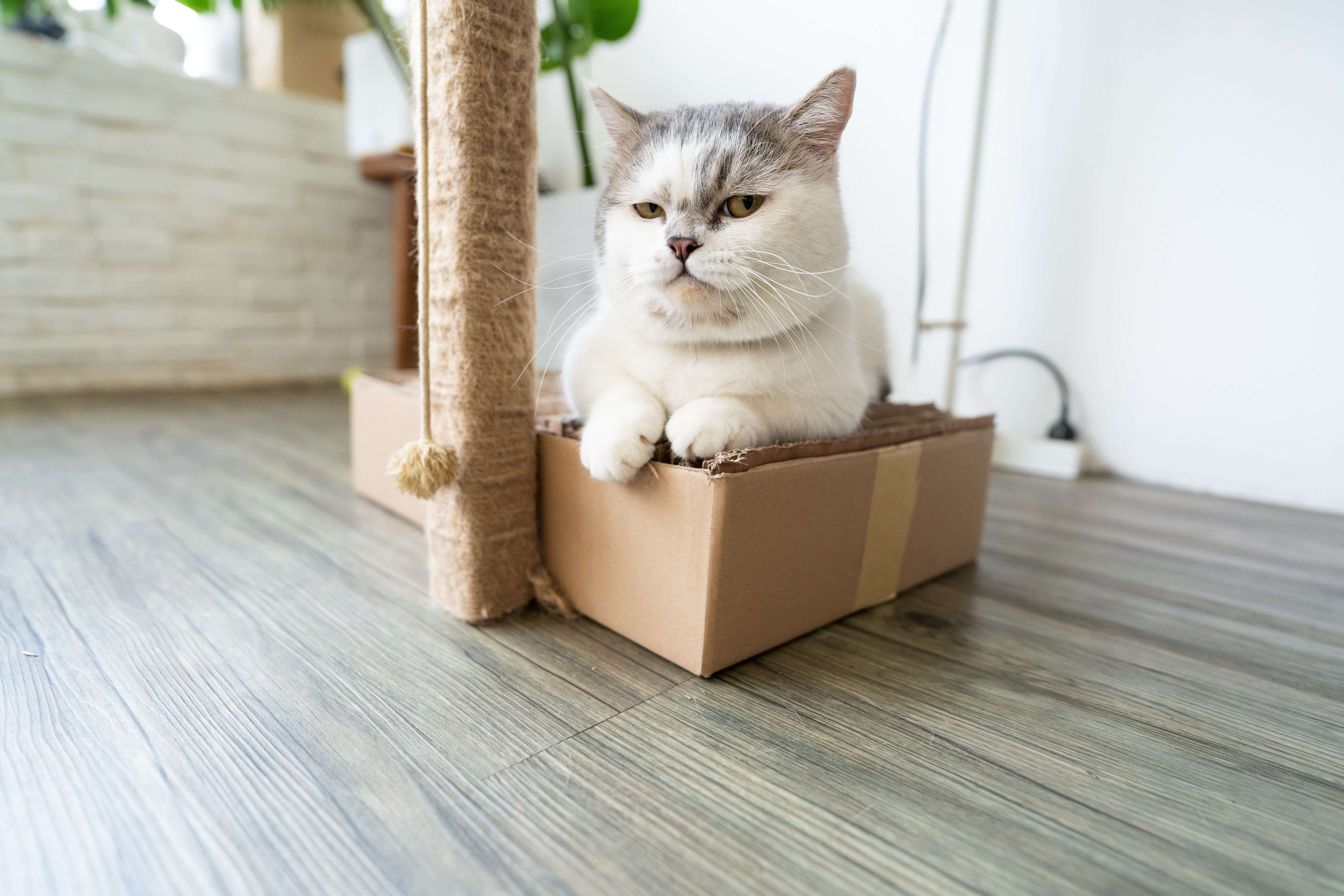
Reduced Environmental Impact
Choosing eco-friendly cat litter significantly lessens the environmental impact compared to traditional alternatives. Traditional litters, often derived from non-renewable resources like clay and silica, contribute to deforestation, habitat destruction, and extensive carbon emissions during manufacturing. Conversely, eco-friendly litters, sourced from renewable materials or recycled content, promote sustainable practices. The use of biodegradable components ensures a more harmonious integration into the natural environment, reducing the overall ecological footprint. This conscious choice contributes to the preservation of ecosystems and supports a healthier planet for future generations.
Health Benefits for Cats and Owners
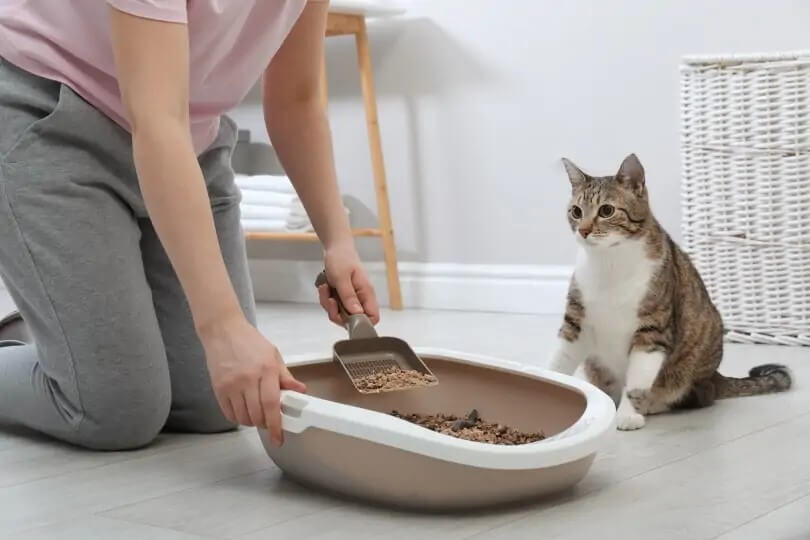
Alt: cat and owner with cat litter
The health benefits associated with eco-friendly cat litters extend to both your feline companion and yourself. Traditional litters often contain additives and chemicals that can be harmful when inhaled or ingested. Eco-friendly alternatives, crafted from natural and non-toxic materials, provide a safer and healthier environment for your cat. Moreover, the reduced use of synthetic fragrances and chemicals contributes to better indoor air quality, benefiting the respiratory health of both cats and their owners. By minimizing exposure to potentially harmful substances, eco-friendly cat litters promote the overall well-being of your household.
Contribution to Sustainable Practices
Choosing eco-friendly cat litter is a tangible way to contribute to broader sustainable practices. As consumers increasingly prioritize environmentally conscious products, the demand for eco-friendly alternatives grows. This surge in demand encourages manufacturers to adopt greener production methods, fostering a cycle of sustainability. By consciously choosing products with minimal environmental impact, you actively participate in the movement towards a more sustainable and eco-conscious pet care industry. This ripple effect extends beyond individual households, influencing positive changes in the broader marketplace.
In conclusion, the benefits of using eco-friendly cat litter extend beyond the cat’s litter box. From a reduced environmental impact to improved health for both cats and their owners, and a contribution to sustainable practices, making the switch to eco-friendly options aligns with a holistic approach to responsible pet care. As the demand for sustainable alternatives continues to rise, the positive effects ripple through both individual households and the larger environmental landscape. By choosing eco-friendly cat litter, you are not just enhancing the well-being of your immediate surroundings; you are actively participating in creating a more sustainable and environmentally conscious future.
Making Eco-Friendly Choices for Sustainable Pet Care
As we wrap up our exploration into the realm of cat litter choices, it’s essential to delve into the environmental impact of traditional cat litter, the growing trend towards eco-friendly alternatives, and the overarching significance of embracing sustainable pet care practices.
Recap of the Environmental Impact of Traditional Cat Litter
Traditional cat litters, predominantly composed of non-renewable resources such as clay and silica, cast a considerable environmental footprint. The extraction and manufacturing processes involved contribute to deforestation, habitat disruption, and substantial carbon emissions. Disposal in landfills compounds the problem, as these litters resist biodegradation, further contributing to the escalating waste crisis. Additionally, the release of dust and potential health concerns adds another layer to the environmental toll, impacting both our homes and the broader ecosystem.
Encouragement for Pet Owners to Make Eco-Friendly Choices
Amidst these environmental challenges, there’s a discernible shift among pet owners towards making more eco-conscious choices in cat litter selection. The emergence of eco-friendly alternatives offers a diverse array of options, including pine-based and wheat-based litters, as well as recycled alternatives like newspaper and upcycled wood. These alternatives not only mitigate the ecological impact but also present performance benefits, such as superior absorbency and enhanced odor control.
Final Thoughts on the Importance of Sustainable Pet Care
In the broader context of pet care, the decisions we make for our furry companions profoundly influence the trajectory of a sustainable future. Sustainable pet care involves deliberate choices regarding the products we use, the materials we prefer, and the environmental impact our decisions carry. Opting for eco-friendly cat litters represents a proactive step towards fostering a more sustainable and environmentally conscious pet care industry.
In conclusion, transitioning from traditional cat litter to eco-friendly alternatives signifies more than a mere shift in products; it signifies a shift in mindset. It’s a call to action for pet owners to contemplate the broader implications of their choices, making decisions that not only cater to the well-being of their pets but also contribute positively to the planet. As we collectively gravitate towards more sustainable pet care practices, the resultant positive impact reverberates through households and communities, fostering a greener, healthier future for all. Let’s persist in making eco-friendly choices, one litter box at a time, and thereby pave the way for a more sustainable and harmonious coexistence with our cherished feline companions.




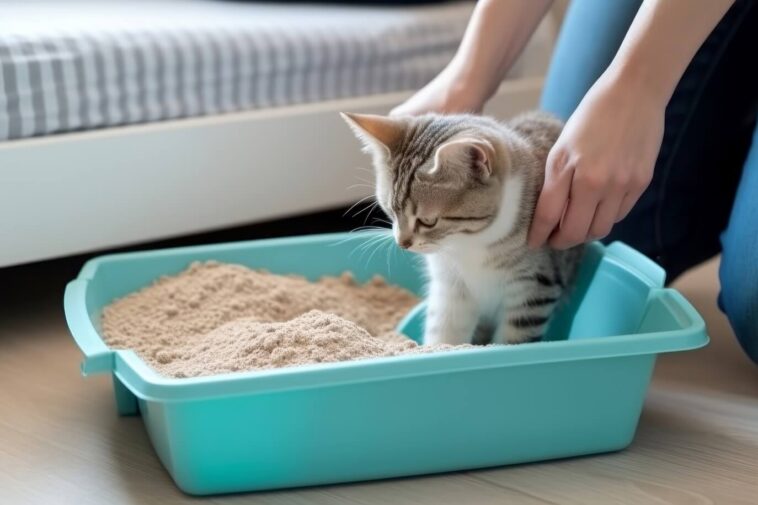


GIPHY App Key not set. Please check settings